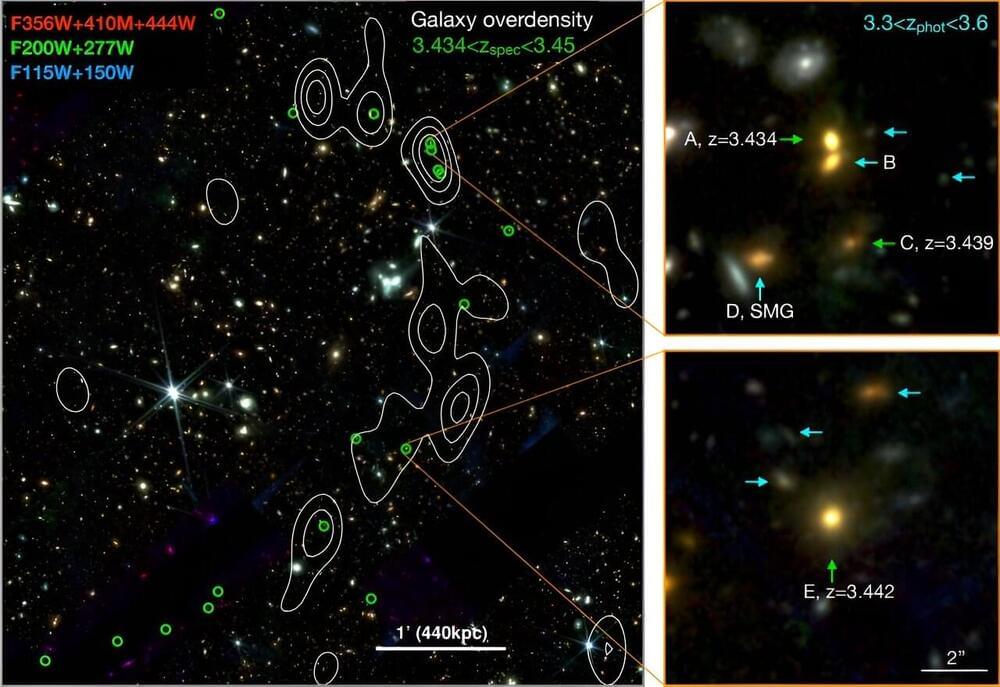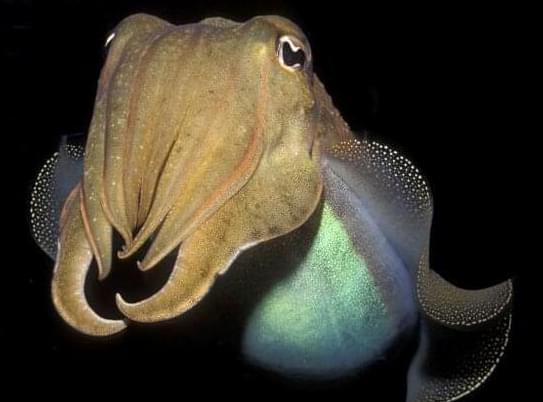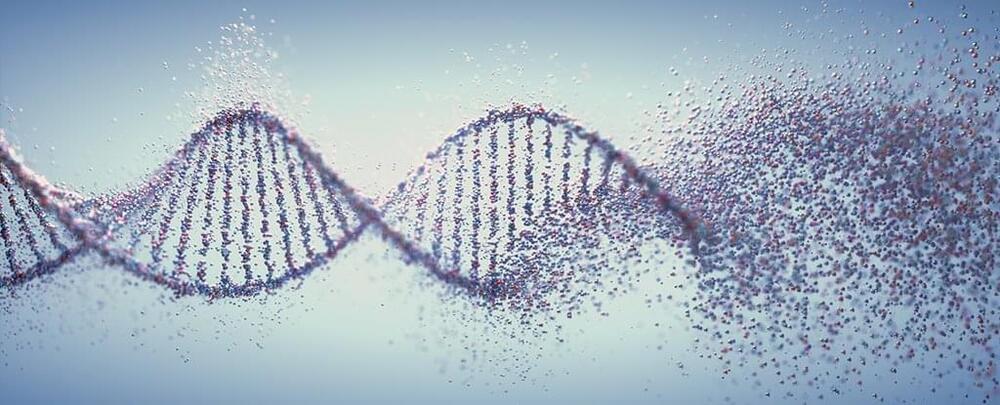Using ESA’s ExoMars Trace Gas Orbiter, scientists have observed nightglow in Mars’ atmosphere, a phenomenon where the night sky glows green, almost like an aurora.
An international team of astronomers reports the discovery of a large-scale structure that consists of at least 20 massive galaxies. The structure, dubbed “Cosmic Vine,” has a size of about 13 million physical light years. The finding was detailed in a paper published Nov. 8 on the pre-print server arXiv.
Massive and dense structures of galaxies are perceived as progenitors of galaxy clusters—the most massive gravitationally-bound systems in the universe. Therefore, detecting new structures of this type and investigating them in detail is fundamental for our understanding of galaxy formation and evolution.
Now, a group of astronomers led by Shuowen Jin of the Technical University of Denmark, has detected a new object of this type—a large vine-like structure, hence its name Cosmic Vine. The structure was revealed at a redshift of 3.44, in the Extended Groth Strip (EGS) field observed with JWST. The observations were complemented by data from the Hubble Space Telescope (HST).
BMW halts the production of internal combustion engines, in its own country at least. Now its main German plant will produce EVs only.
Sperm can “defy the laws of physics”, according to new research.
The laws of motion have helped us to comprehend the behaviours of the natural world for centuries, but sperm appears to go against one of the laws set down by Isaac Newton.
Kenta Ishimoto and his fellow mathematical scientists from Kyoto University have revealed new research which suggests that sperm actually display qualities which don’t follow Newton’s third law of motion.
Annual low-dose CT lung cancer screening is recommended based on age and smoking history. Find out if you are eligible.
Video-sharing platform, YouTube, is to start cracking down on AI clones of musicians, giving music labels the ability to take down content.
Japan, a country known for its rich history and technological prowess, is moving towards a more equitable evolution. Join us as we explore the compelling journey of women in science and technology, breaking barriers, unlocking innovation, and potentially steering japan toward a brighter, more inclusive future.
Back in 2021, a test of cephalopod smarts reinforced how important it is for us humans to not underestimate animal intelligence.
Cuttlefish were given a new version of the marshmallow test, and the results may demonstrate that there’s more going on in their strange little brains than we knew.
Their ability to learn and adapt, the researchers said, could have evolved to give cuttlefish an edge in the cutthroat eat-or-be-eaten marine world they live in.
How did life begin? How did chemical reactions on the early Earth create complex, self-replicating structures that developed into living things as we know them?
According to one school of thought, before the current era of DNA-based life, there was a kind of molecule called RNA (or ribonucleic acid). RNA – which is still a crucial component of life today – can replicate itself and catalyse other chemical reactions.
But RNA molecules themselves are made from smaller components called ribonucleotides. How would these building blocks have formed on the early Earth, and then combined into RNA?









